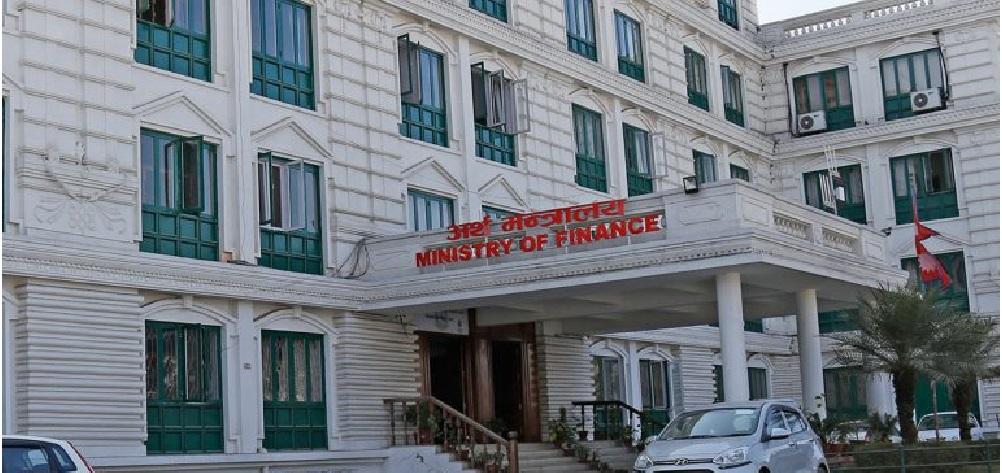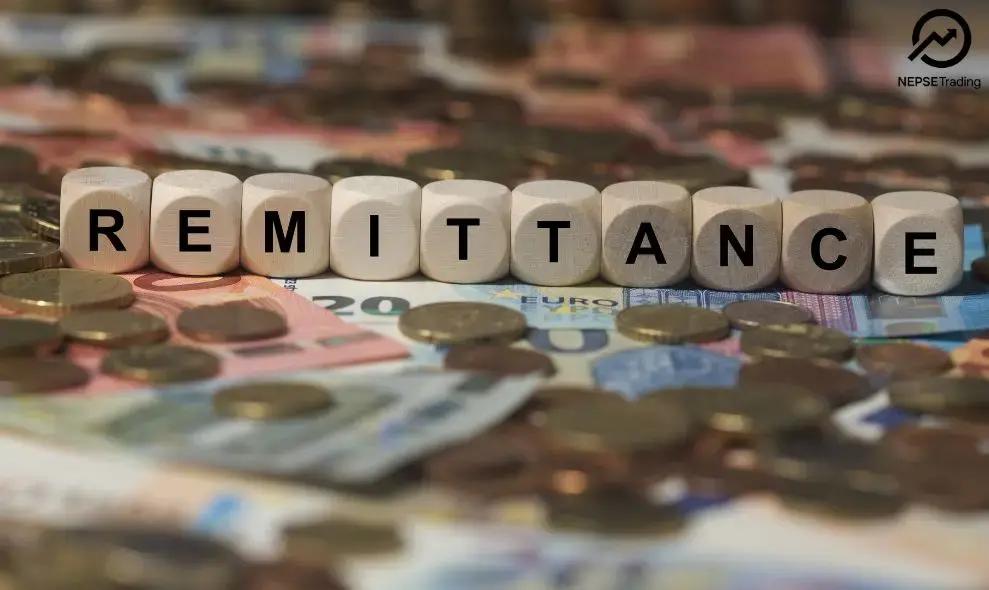By DIPESH TOP 10 RESEARCH TOP 10 RESEARCH
Surge in Foreign Investment Commitments Signals Economic Optimism in Nepal

Nepal has witnessed a robust influx of foreign investment commitments totaling approximately NPR 58 billion (USD 430 million) in the first nine months of the current fiscal year (July 2024–March 2025), according to data released by the Department of Industry (DoI). This significant commitment, recorded up to the end of Chaitra (mid-April 2025), underscores growing investor confidence in Nepal’s economic potential despite global and domestic challenges.
Breakdown of Investment Commitments
The DoI reports that NPR 57.98 billion in foreign direct investment (FDI) commitments were secured through two primary channels: the certification (approval) system and the automated system. The certification system accounted for the lion’s share, with NPR 55.07 billion pledged across 256 industries. In contrast, the automated system facilitated NPR 2.90 billion in commitments for 224 industries. This dual-system approach highlights Nepal’s efforts to streamline investment processes, with the certification system catering to larger investments requiring detailed scrutiny and the automated system enabling faster approvals for smaller ventures.
Additionally, NPR 1.95 billion was committed through Share Purchase Agreements (SPAs) and Share Subscription Agreements (SSAs) for 32 industries, reflecting investor interest in acquiring stakes in existing enterprises. Technology Transfer Agreements (TTAs) were approved for 51 industries, signaling a focus on bringing advanced technologies to Nepal’s industrial landscape.
Industry Classification and Employment Impact
The investment commitments span 480 industries, categorized by scale:
Small Industries: 468 industries, expected to attract the bulk of the pledged investments.
Medium Industries: 8 industries, indicating targeted investments in mid-sized enterprises.
Large Industries: 4 industries, likely high-impact projects with significant capital requirements.
These investments are projected to create approximately 12,435 jobs, a critical boost for Nepal’s economy, where unemployment remains a persistent challenge. The emphasis on small industries (97.5% of the total) underscores their role as engines of inclusive growth and job creation, particularly in rural and semi-urban areas.
March 2025: A Strong Finish to the Nine-Month Period
In the month of Chaitra (March–April 2025) alone, 53 industries secured NPR 13.32 billion in investment commitments. The certification system facilitated NPR 13.17 billion for 23 industries, while the automated system accounted for NPR 14.11 million across 30 industries. This surge in Chaitra reflects heightened investor activity, possibly spurred by recent policy reforms and the government’s proactive engagement through events like the Nepal Investment Summit held in April 2024.
Sectoral and Strategic Insights
While the DoI data does not specify sectoral allocations, previous trends suggest that tourism, services, manufacturing, agriculture, and information technology are key recipients of FDI in Nepal. The approval of 51 TTAs indicates a strategic push to enhance technological capabilities, particularly in manufacturing and IT, aligning with Nepal’s goal of transitioning to a middle-income economy by 2030. The focus on small industries aligns with the government’s strategy to bolster small and medium-sized enterprises (SMEs), which are vital for economic resilience and inclusive development.
The significant share of commitments through the certification system (95% of the total) suggests that larger, capital-intensive projects dominate the FDI landscape. However, the automated system’s role in facilitating smaller investments highlights Nepal’s efforts to reduce bureaucratic hurdles and attract a broader range of investors, including those targeting niche markets or startups.
Policy Reforms and Investor Confidence
Nepal’s government has implemented several reforms to enhance the investment climate, including amendments to nine laws ahead of the April 2024 Investment Summit. These changes, affecting legislation such as the Foreign Investment and Technology Transfer Act (FITTA) 2019 and the Industrial Enterprises Act 2020, aim to streamline approval processes and provide incentives like tax exemptions and simplified repatriation procedures. The establishment of the One Stop Service Center (OSSC) under the DoI has further facilitated investor access to services such as industry registration, labor approvals, and visa facilities.
Despite these efforts, challenges persist. Only 56% of FDI commitments over the past three decades have translated into actual inflows, with NPR 270 billion realized out of NPR 474.18 billion pledged between 1993/94 and 2022/23. This gap underscores the need for improved infrastructure, resource availability, and implementation efficiency to convert commitments into tangible investments.
Economic Context and Outlook
Nepal’s economy is projected to grow by 4.5% in FY 2024/25, up from 3.9% in FY 2023/24, driven by the services and industrial sectors. However, disruptions in tourism due to the ongoing upgrade of Tribhuvan International Airport and natural disasters like floods and landslides (causing damages equivalent to 0.8% of GDP) pose risks. The surge in FDI commitments offers a counterbalance, signaling optimism about Nepal’s long-term growth prospects, particularly in hydropower, tourism, and manufacturing.
The NPR 58 billion in commitments over nine months compares favorably to the NPR 61.90 billion pledged throughout FY 2023/24, though actual inflows last year were only NPR 8.40 billion. If Nepal can improve the realization rate of these commitments, the economic impact could be substantial, particularly in employment generation and industrial output.
The NPR 58 billion in foreign investment commitments for the first nine months of FY 2024/25 marks a significant milestone for Nepal’s economy. By leveraging policy reforms, streamlining approval systems, and targeting diverse industries, Nepal is positioning itself as an attractive destination for foreign investors. However, translating these commitments into actual investments will require sustained efforts to address infrastructural and bureaucratic challenges. With strategic focus and effective implementation, this influx of FDI could catalyze sustainable growth, create thousands of jobs, and bolster Nepal’s journey toward economic resilience.









